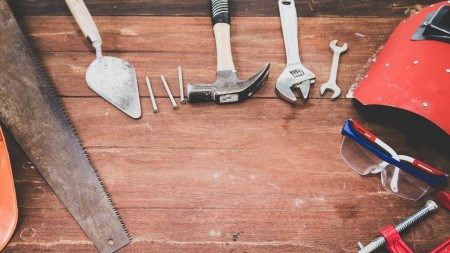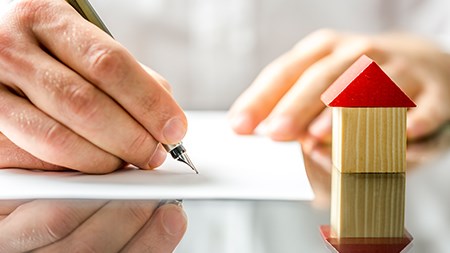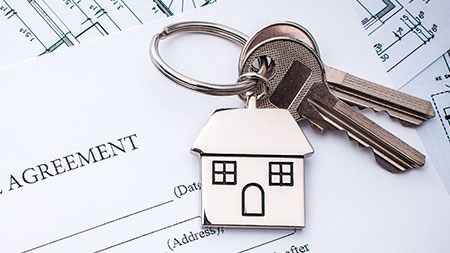Learn more about what the tenant's rights are, and how to avoid issues between the landlord and tenant regarding maintenance and repair work.
Defining who is responsible
One of the more contentious issues between a landlord and the tenant is almost always the general state of repair and ongoing maintenance and repair issues that crop up within a tenancy, and what the tenant’s rights are.
Often, confusion reigns regarding who may be liable for the cost of various elements that can occur within a residential rental. Sadly, more often than not, landlords unfairly assume much liability is the responsibility of the tenant when it is their responsibility as the property owner, says Grant Rea, Certified Residential Rental Specialist with RE/MAX Living.
He notes that the best source for answers on the subject would be the Rental Housing Act 50 of 99 and the regulation being the ‘Unfair Practices Regulations’ as an addition to the Act.
“The regulations are clear that any landlord should offer the property at the rental commencement in a condition ‘reasonably fit for the purpose for which it was let’. The regulations further expand that the landlord is responsible for repairs and maintenance as defined in the lease or as found at the ‘incoming inspection’ of the property. The landlord is also required to keep and maintain the property by following Health and Safety standards and any local and relevant law,” Rea explains.
Writing up the lease agreement
Grant Rea goes on to add that the most important element to note regarding the liability of each party is how this translates in the tenant’s lease. “Many unreasonable leases will place the entire maintenance and repair of the interior of the property squarely on the tenant’s shoulders. However, this does not exclude the landlord from responsibility in this regard - especially if the property is not ‘reasonably fit’ in the first place. This generally accepted norm of tenants being responsible for the interior, and landlords for the exterior, is too vague and wrought with potential conflict and places an unreasonable expectation on the tenant to maintain the interior,” says Rea.
Wear and tear of a property
He continues that the highly contentious issue of wear and tear of a property is also thrown about regularly in disputes. The Cambridge English Dictionary defines ‘wear and tear’ as follows: “The damage that happens to an object in the ordinary use during a period.” Naturally, the exception would be the negligent and or excessive use of an item or blatant abuse thereof. Rea says that the courts would usually apply the ‘Reasonable Person’ test in establishing whether the damage of an item falls within the realm of ‘wear and tear’. “Yes, it is a minefield, but with time and experience, like that acquired as an agent or property manager, these are easier to discern,” says Rea.
General issues
Having come across many maintenance problems in hundreds of leases, I have found the following more combative issues cropping up: - The blocking of drains - Light fittings, switches and bulbs - Mould, damp, and leaks - Painting and damage or tarnishing if paintwork - Gardens and pools
1. The blocking of drains
Often this occurs due to roots growing in gardens and blocking gullies and drainpipes but can be caused by the hair of tenants blocking bath and shower drains. The merit of each scenario needs to be considered, and ideally, the plumber should be able to report the cause, so the liability is established adequately.
2. Light fittings, switches and bulbs
It is generally accepted that the changing of lightbulbs is the tenant’s responsibility. However, the repair to faulty switches and fittings should essentially be the responsibility of the landlord, unless the use of these has been negligent or with malice.
3. Mould, damp and leaks
These elements are found in many homes, especially at the coast. Generally speaking, mildew formation in a bathroom is a result of steam build-up and condensation on walls and ceilings. It is a common misunderstanding that opening a window will remedy this. However, the prevention of this is often not very simple. Old paint can sometimes result in more severe cases, so the merits need to be considered in each case and cannot always be assumed to be the tenant’s responsibility. Furthermore, leaks and rising damp relate specifically to the structure and maintenance of the building and cannot be deemed the tenant’s responsibility.
Painting and damage or tarnishing of paintwork
It is quite acceptable to have a long-term tenant accessorise a residential home by hanging pictures on the walls, and it is reasonable to do so. However, the remedy of this is often where the problems come in as the repair is often poorly done. Expectations regarding the painting of the entire wall versus merely patching and spot painting holes need to be made clear at the start. The original condition of walls and paint should be recorded clearly at the commencement of the rental, with the date of the last paint job taken into account. It is reasonable to expect discolouration and small chips over time. A fair and flexible approach would be required.
5. Gardens and Pools
Garden and pool maintenance is often a source of conflict between tenants and landlords. Ideally, a regular service appointment should be made that both parties can agree on so that the care of these elements becomes the responsibility of the service provider. However, the repair to damage can become a bone of contention, so it is critical that this is addressed within the lease agreement. Once again a good record and clear description of the state the property was handed over to a tenant is vital - specifically the condition of pool pump and accessories.
Conclusion
“Tenants should caution against signing any lease that places too much onus on the tenant to handle interior repair and maintenance, as these agreements are often too heavily weighted in the landlord’s favour,” says Rea. “
Sign a lease with a landlord that fairly outlines the tenant’s maintenance obligations and who understands that the overall maintenance of the property is their responsibility. At all times, the landlord should offer the tenant a flexible and fair response to requests for repair and maintenance. It may mean the landlord doing regular maintenance checks to fairly decide what needs attention and who may be liable, but it will result in keeping a good tenant for years to come,” he concludes.




